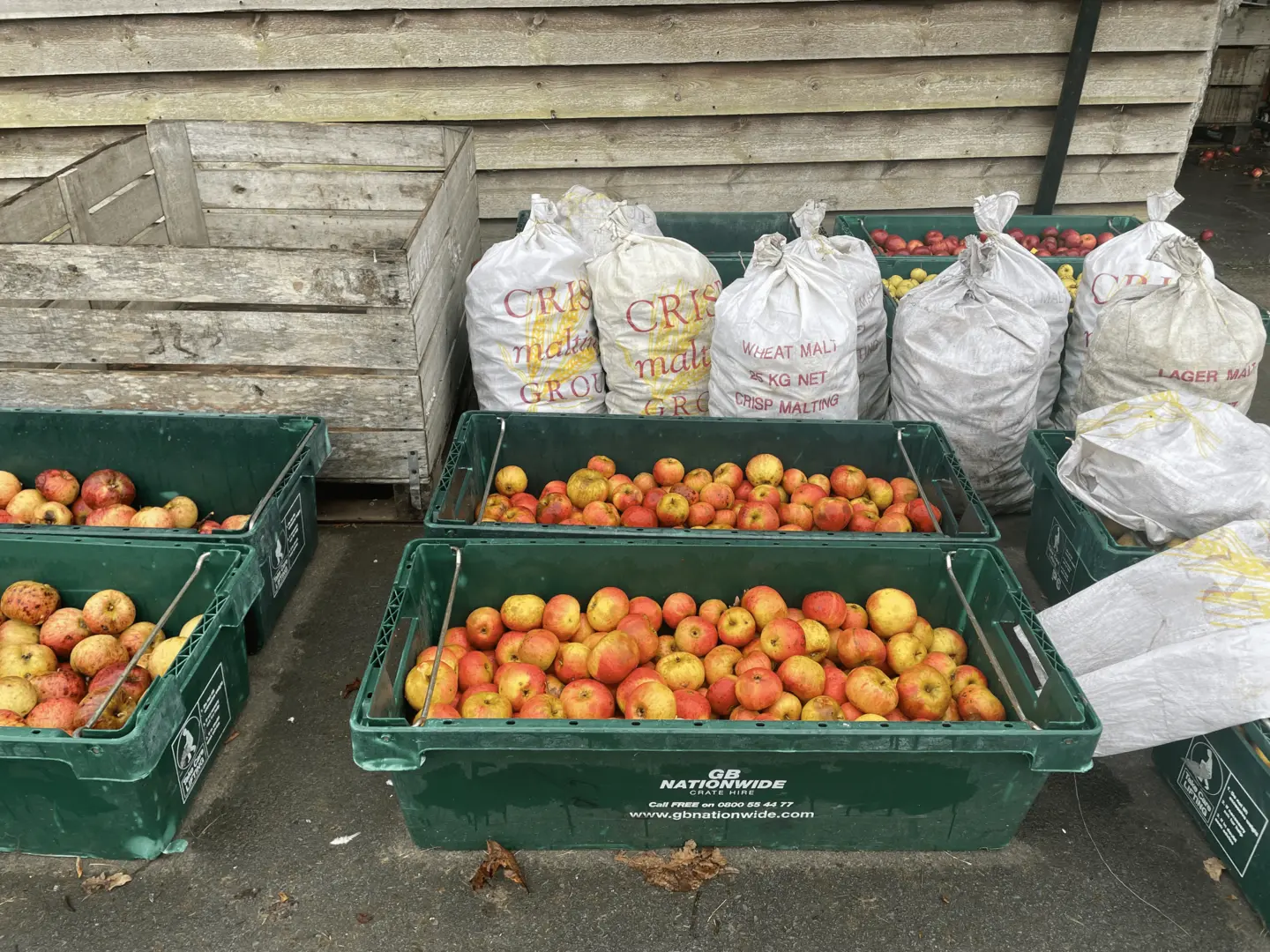Key Takeaways
| Key Point | Detail |
|---|---|
| Definition | Facility for crushing apples into juice for various apple products. |
| Milling Process | Grinding apples into pulp using traditional or modern methods. |
| Pressing Process | Juice extraction from pomace via traditional or hydraulic presses. |
| Types of Mills | From animal-powered stone mills to efficient roller mills. |
| Historical Evolution | Evolved from manual operations to sophisticated machinery. |
Types of Cider Mills
Cider mills have various designs and use different methods to grind apples. Some mills are old-fashioned and powered by horses, using stone mills. Others are modern and use roller mills with toothed cylinders. The mill you choose affects how the pomace feels and how well the juice is extracted. This is important for making high-quality cider with a specific taste.
Old mills like horse or stone mills are valued for their history and the special flavours they add to cider. New roller mills provide accuracy and consistency, meeting modern preferences and the demands of large-scale production.
How Does a Cider Mill Work?
Milling
- Traditional Methods: This involves physically transforming apples into pulp, either by pounding them or grinding them with horse-driven stone mills. Traditional methods create pommage, a pulpy mass that represents historical cider production.
- Modern Advances: new roller mills have made milling easier and more efficient, resulting in a better grind. They are efficient and portable, representing a technological advancement for small-scale and industrial operations.
Pressing
- Traditional Presses: Historically, the extraction of juice was achieved through the use of large lever or screw presses. These methods, using “cheese” or cloth to wrap the pomace, show how clever past cider makers were. Such presses, while labor-intensive, were instrumental in the traditional cider-making process across various regions.
Modern Solutions: The introduction of hydraulic presses has revolutionized juice extraction, marking a significant technological advancement. These presses make cider production easier and more efficient, resulting in consistent, high-quality juice.





